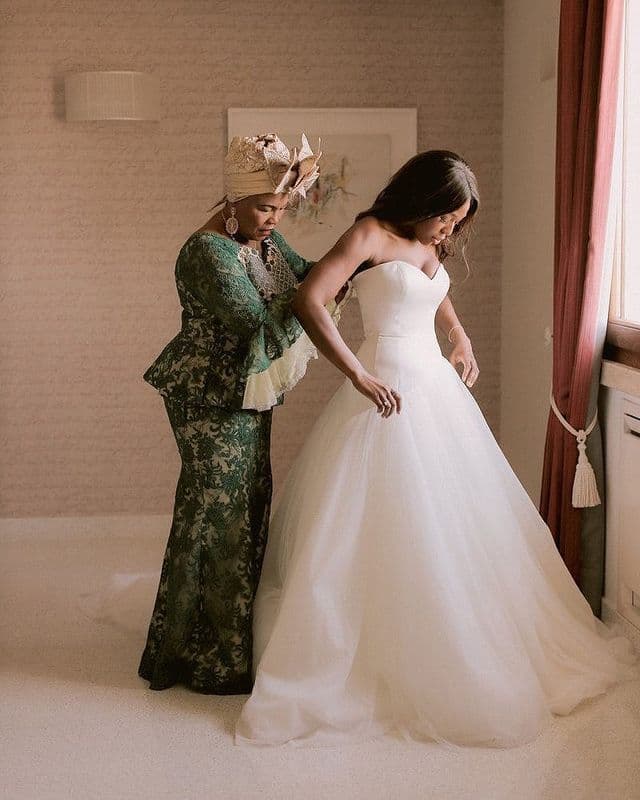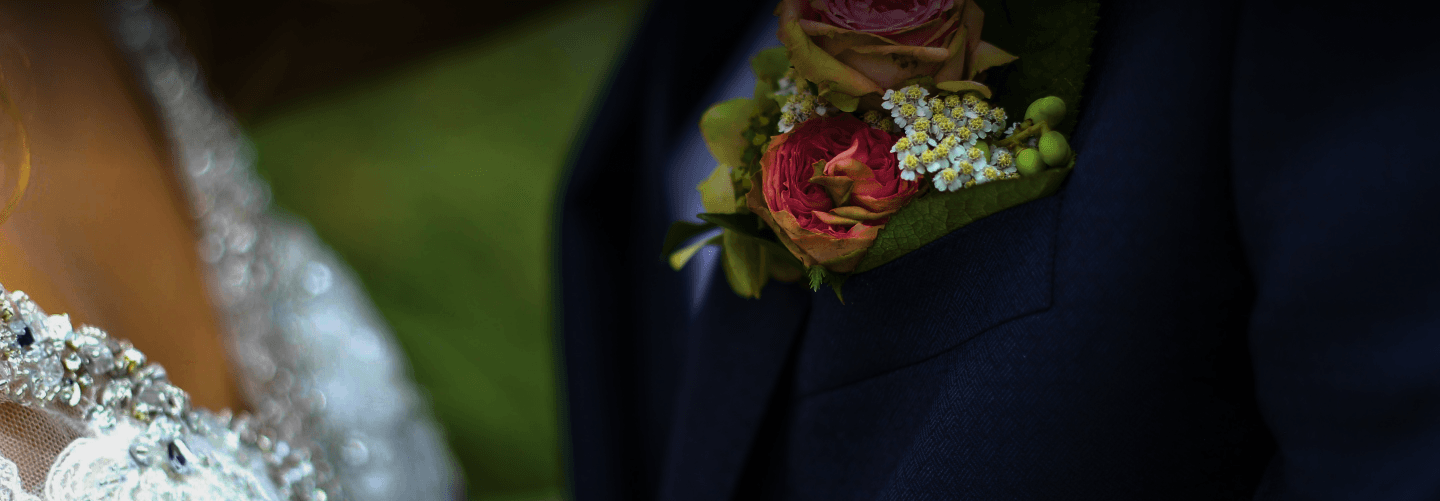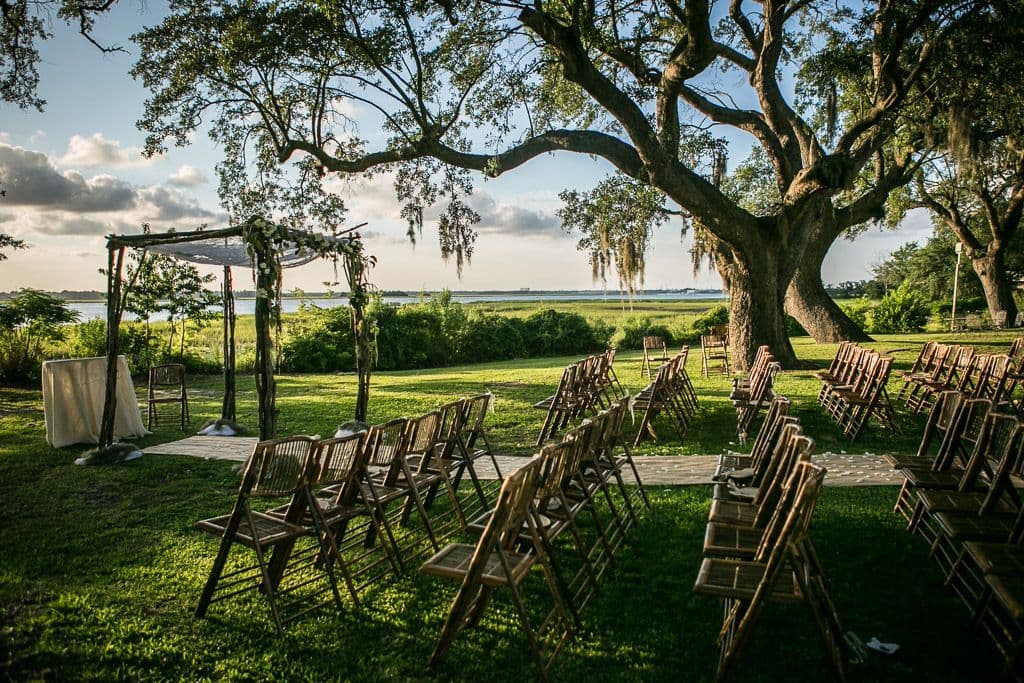
Inawo Tips
THE HISTORY OF WEDDING VOWS
7:00 mins . by Dayo Dare . May 20th 23
Eugenia Remark via Pexels
Throughout history, vows have played a significant role in weddings, whether they be traditional, court, or church ceremonies. Couples have exchanged promises before saying their "I dos," but have you ever wondered about the origins of this age-old tradition? While many are aware that vows are declarations of commitment, love, and steadfastness, the true story behind this enduring custom might surprise you.
With diverse cultures come varying narratives about the origin of wedding vows. Each tribe holds its own beliefs and stories about how this tradition began, ranging from exchanging animals and land to professing confessions of love. While interpretations of vows differ across cultures, only a few are grounded in verified historical facts.
The concept of marriage dates back to ancient times, even reaching as far as the Stone Age. It was initially known as pair bonding and served as a means to unite different nomadic groups. However, marriage evolved into an official ceremony during the rise of the Roman Empire between 17 BC and 476 AD. While commoners entered marriages through mutual consent, influential Romans formalized unions by signing documents and exchanging property rights, effectively making this act a form of vow, albeit one with material implications. This marked the emergence of what we now recognize as "common law marriage."
In the Christian tradition, the earliest known wedding vow hails from the Sarum rite, used in medieval England during the 11th century. These vows are documented in "The Book of Common Prayer," dating back to 1549, which outlines procedures for various Christian gatherings, including masses, liturgy, and weddings. The complete vow reads as follows: "I, N, take you, N, to be my wife (or husband), to have and to hold from this day forward, for better, for worse, for richer, for poorer, in sickness and in health, to love and to cherish, till death, us do part, according to God's holy ordinance I give thee my truth."
Interestingly, the Church of England (Anglican) allows couples to choose and modify lines from the original text. For instance, both partners could vow "to love and to cherish," or the groom might promise "to love, cherish, and worship," while the bride agrees to "to love, cherish, and obey." This particular line, though part of the original text, was not included in the revised version introduced in 1928.
Over time, the Common Book of Prayer underwent retranslations and revisions between 1662 and 1928, eventually leading to the popular alternative service book. This new version closely resembled the original but concluded with a different phrase: "According to God’s holy law, and this is my solemn vow." While Protestant and Catholic Churches largely share the same nuptial vows, slight variations in language may occur.
Similarly, the Catholic Church follows a similar process for wedding vows. The wordings are drawn from the Sarum rites and were originally composed in Latin. The vow reads: "I, ____, take you, ____, to be my lawfully wedded (husband/wife), to have and to hold, from this day forward, for better, for worse, for richer, for poorer, in sickness and in health, until death do us part, according to God's holy ordinance I give thee my truth."
The Lutheran church, founded in the 16th century, aligns with the same principles, largely influenced by the Catholic Church. This means that their wedding vows are also rooted in the Sarum rites, with some modifications borrowed from the Anglican version.
The Quaker tradition, practiced by the Society of Friends, takes a distinctive approach to wedding vows. In this service, no officiant is present, and the process involves presenting a marriage appeal to a committee. Following this, a clearness committee takes charge of tasks such as pre-counseling, scheduling, and preparing a Quaker marriage certificate. Although this practice has been in existence since 1669, it's not legally recognized in certain UK states. Quaker wedding vows are derived from common-law marriage principles, where spouses present themselves publicly as a couple through cohabitation and reputation. While this type of marriage is popular in the US and UK, it has yet to gain traction in other parts of the world.
In contrast to many Christian denominations that advocate for officiated weddings in holy places, Quakers hold divergent beliefs. Their ceremonies can take place anywhere, as long as family and friends are present to witness the event. This unique approach also incorporates elements from the Sarum rites, albeit with specific differences: "Friends, I take this my friend [name] to be my spouse, promising, through divine assistance, to be unto him/her a loving and faithful spouse, so long as we both on earth shall live until it shall please the Lord by death to separate us." Despite variations in wording, the essence remains similar to other Christian branches.
In addition to these religious and traditional wedding pledges, Islamic nuptial vows date back to the 7th century. Prior to this, Middle Eastern women had limited rights and influence in their marriages. However, the introduction of the "nikah" contract changed this landscape, allowing two willing partners to formalize their union. The vows spoken during this service are taken from the Quran verse An-Nur 24:32 – "Marry off the free singles among you, as well as the righteous of your bondmen and bondwomen. If they are poor, Allah will enrich them out of His bounty. For Allah is All-Bountiful, All-Knowing." Based on this verse, couples recite vows such as: "I, (name), offer myself to be your (wife/ husband), with the promise to make our marriage a happy one, enriched always with Allah’s help, His Bounty and All-knowing love, for all the years of our lives." While there are variations, this is one of the most widely used vows.
Diverse cultural contexts have given rise to varied wedding vows that trace back through history. In the Jewish tradition, rings are exchanged, and couples recite the verse "I am my beloved’s and my beloved is mine," derived from the Song of Solomon. This ancient vow has persisted for over 3,800 years, becoming a central element of Jewish weddings.
Korean wedding rituals have been elaborate since the 9th century, featuring unique practices that unify couples. While they don't exchange vows in the traditional sense, various rituals involve presenting gifts, bowing, and sipping wine to commemorate the occasion.
In Africa, numerous tribes uphold distinct traditional wedding vows. The Igbo tradition, for instance, predates the 10th century and lacks written vows. Instead, gifts are presented to the bride's family, and on the wedding day, the bride carries a cup of palm wine while searching for her husband. Once she locates him and he takes a sip, the union is officially recognized. Among the Yoruba people, the process starts with the groom's family presenting a proposal letter, followed by the bride's family responding with an acceptance letter. In ancient times, the bride would remove the groom's cap and replace it as a symbol of acceptance.
Islamic nuptial vows, dating back to the 7th century, involve a contract known as "nikah," which signifies the commitment of two willing spouses. The vows are based on Quranic verses and express a promise to build a happy marriage through the guidance and love of Allah.
While weddings have evolved over millennia, with various cultures adapting and reinterpreting vows, one constant factor remains—the enduring influence of the Sarum rite. This foundation has withstood the test of time and serves as the basis for contemporary vow-taking across different traditions and languages.
As the world continues to modernize and couples seek ways to personalize their ceremonies, some are crafting their own vows. These newly coined promises often blend sentimental touches with lines from their parents' pledges, representing a harmonious blend of old and new. While this trend gains traction, certain religious practices remain steadfast in their traditional approaches.
In conclusion, amidst the evolution of wedding customs and vows, one unchanging truth prevails. New-age brides and grooms may infuse fresh vows with their personal touch, yet the core essence traces back to the Sarum rite—an enduring testament to commitment, love, and dedication. Regardless of how many times it's been spoken and adapted, this foundational tradition remains a powerful and necessary element of weddings, embodying the sacred bond between two individuals. Nuptial vows are a profound ritual that roots deep within every community, a timeless gesture that has persisted for centuries. While the exact reasons for their inception might elude us, their significance is unmistakable—a well-crafted expression of the gravity of marriage, a spiritual binding that mirrors love and devotion. This act of public proclamation before witnesses underscores that this commitment is unwavering and genuine.
NEXT READ

Thoughtful Ways to Honor Your...

Plan Your Dream Wedding with Ease
Give your wedding the unique experience it deserves

